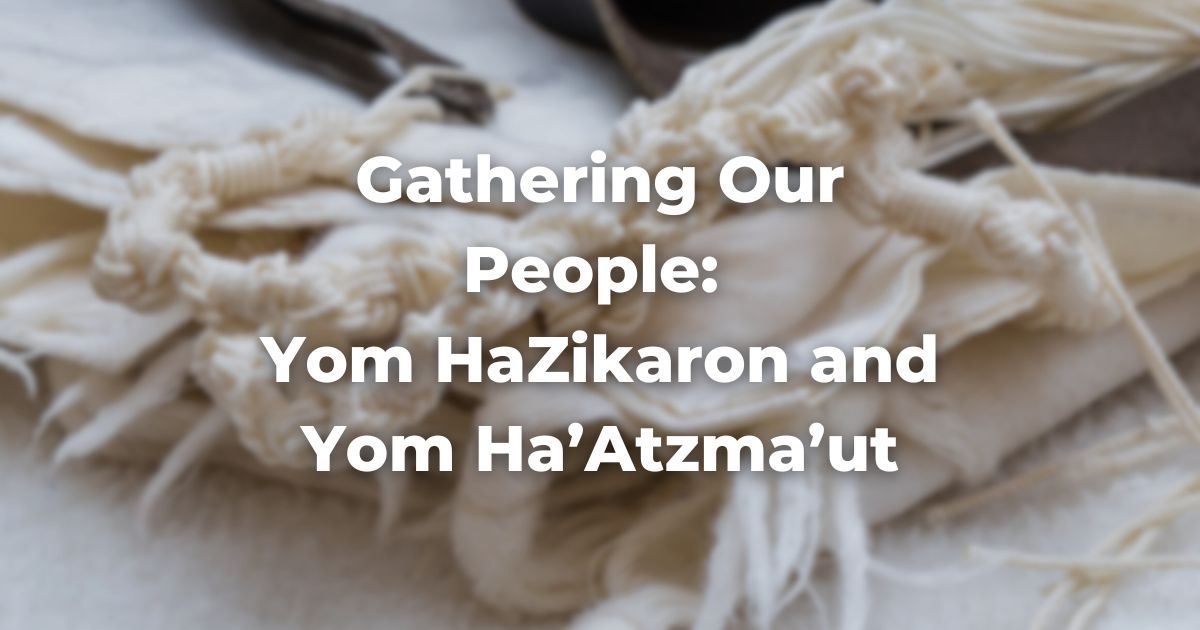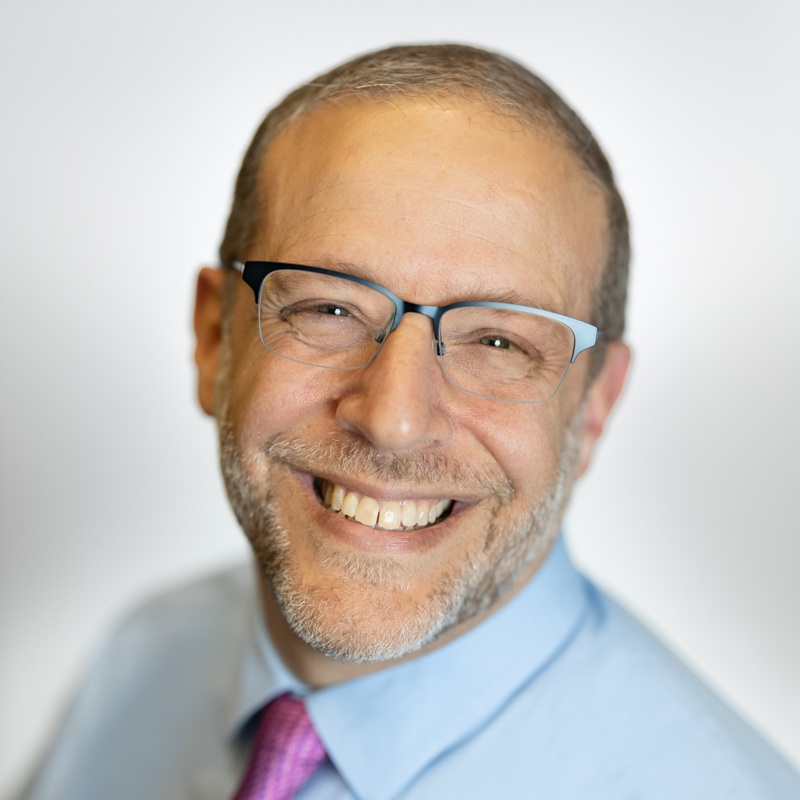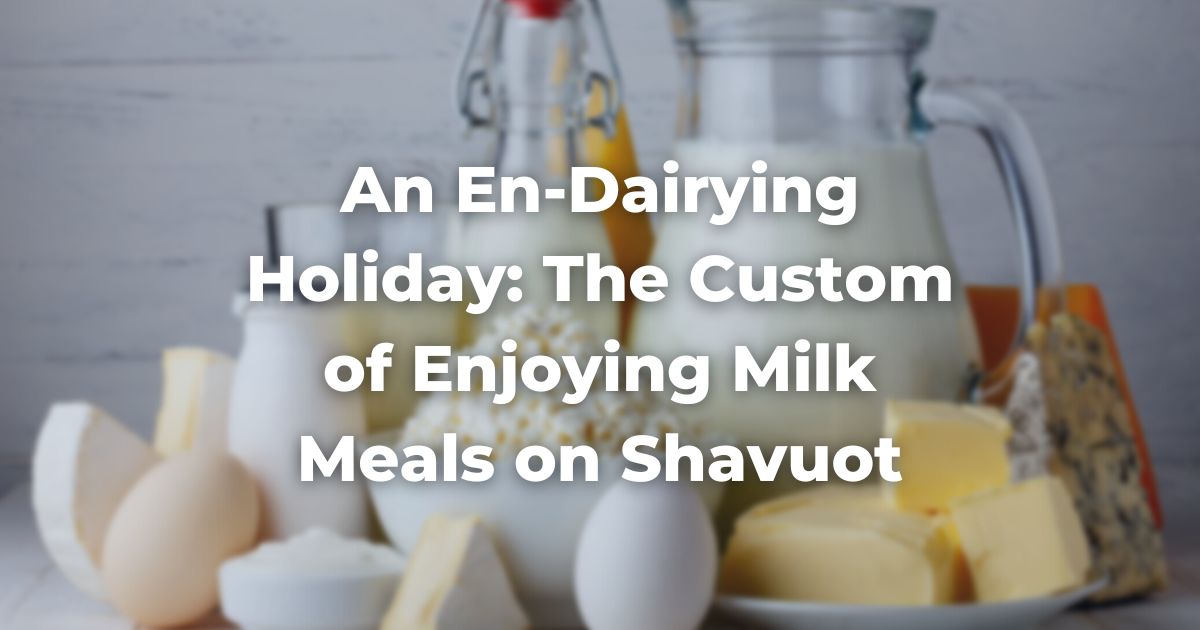Each morning as we approach the Shema we recite a powerful passage in our liturgy: “Bring us safely from the four corners of the earth, and lead us in dignity to our land…” (Siddur Lev Shalem)
As we say these words, I follow a practice of gathering the tzitzit – fringes – from the four corners of my tallit, gathering them in preparation for the recitation of the Shema. My tallit becomes the Jewish people, and it is powerful to be wrapped in Jewish peoplehood and to perform a ritual act of bringing Jews together symbolically from all “four corners” of the world.
When I was growing up the cantor of my congregation (Beth El in Bethesda, Maryland) introduced the practice of putting those words “V’havi’einu l’shalom mei’arba kanfot ha’aretz” to the tune of Hatikvah. As we gathered our tzitzit, it was powerful to link the words that have been part of the liturgy for centuries to the modern miracle of the State of Israel as it brought our people together from all over the world.
It’s a reminder that, for almost 2,000 years after the Roman conquest of the Land of Israel, we Jews dreamed of our return to Zion. And it was the Zionist movement of the 19th century that mobilized the Jewish people – and our allies – to make it a reality.
I find it so powerful to walk the streets of Israel and see how Jews from all over the world visit or make their home in the only Jewish state. We have moved from a persecuted and passive people to having self-determination and sovereignty.
Zionism marked the turn from a passive prayer for a Jewish homeland to an active pursuit to realize that dream. Yom Hazikaron marks the terrible price we have paid as a people for that realization, while Yom Ha’atzma’ut celebrates that miracle.
In between lies the difficult reality. The struggle to exert sovereignty and self-determination while holding onto our Jewish soul. The reality that others also live in the Land of Israel and have rights to self-determination, while we also deserve a safe and secure home for our people. We struggle to maintain love for God and one another as we face these challenges.
As we move to the third paragraph of the Shema, I hold on to the tzitzit. As the text recalls how they represent the mitzvot – 613 special obligations that unite us as a Jewish people – I give them a kiss.
I love the fact that while I am expressing my love for Jewish tradition, I am also holding the Jewish people in my hands and giving them a kiss as well.
Following October 7, the Jewish people came together, united in grief and determination. We are seeing that unity and determination starting to fray as we struggle to manage the continuing trauma of the conflict with Hamas, the imperative to bring our hostages home to their loved ones, the terrible impact on Palestinians – and the various perspectives that a diverse Jewish people brings to this moment as we search for a path forward.
In the wake of October 7, Yom Hazikaron takes on an even greater heaviness, and our celebration of Yom Ha’atzma’ut is muted at best. Our rage, grief, and frustration might threaten to overwhelm us or to divide us. Yet we cannot despair.
It’s true, I can’t hold those tzitzit in my hand all day long. As I recite the words in the blessing that comes after the Shema, “L’dor Vador – In every generation God is present, God’s name endures,” I give the tzitzit a final kiss and reluctantly let them return to their separate corners.
Indeed, as we find our path forward, it may be impossible to hold all our people close all the time. But the love remains.
And I look forward to gathering them again tomorrow.
Author
-

Rabbi Jacob Blumenthal serves as CEO of the Rabbinical Assembly and CEO of USCJ. He previously served for 20 years as the founding rabbi of Shaare TorahRefers to the first five books of the Hebrew Bible, the Tanakh, also called the Five Books of Moses, Pentateuch or the Hebrew equivalent, Humash. This is also called the Written Torah. The term may also refer to teachings that expound on Jewish tradition. Read more in Gaithersburg, Maryland.
View all posts






